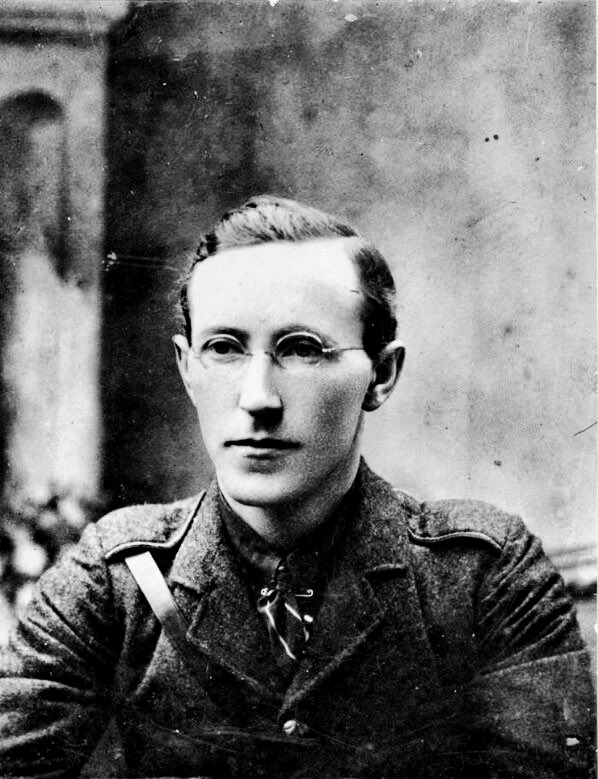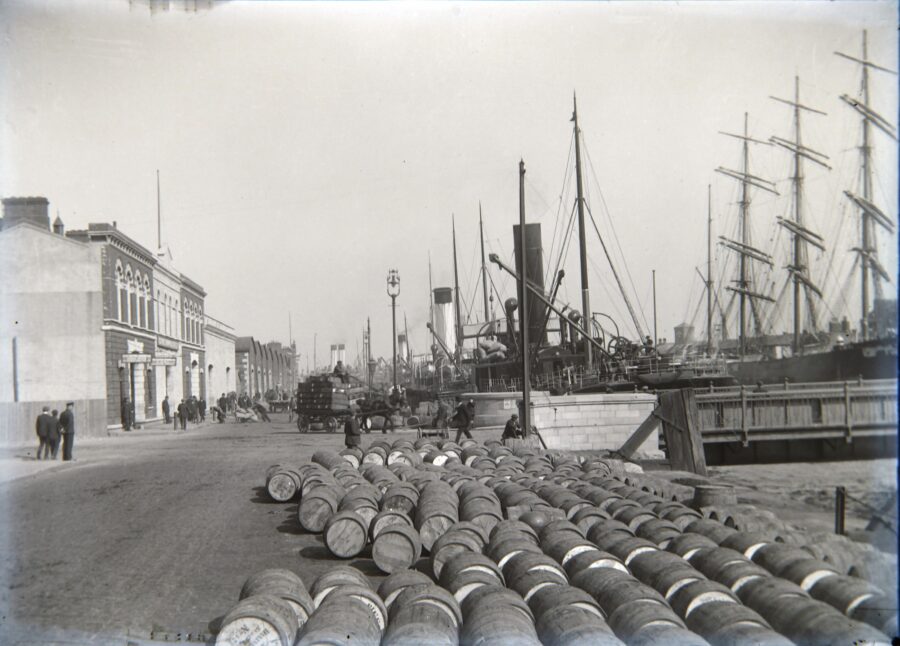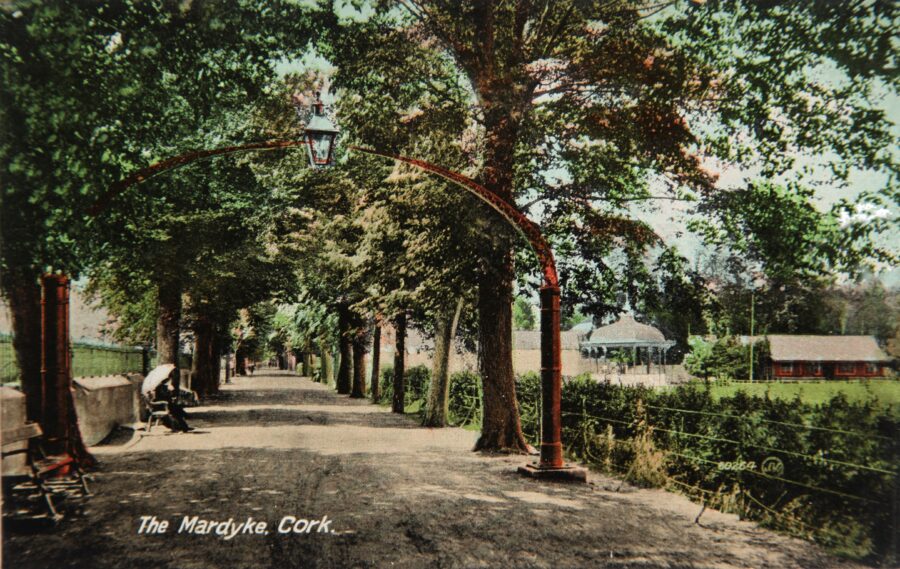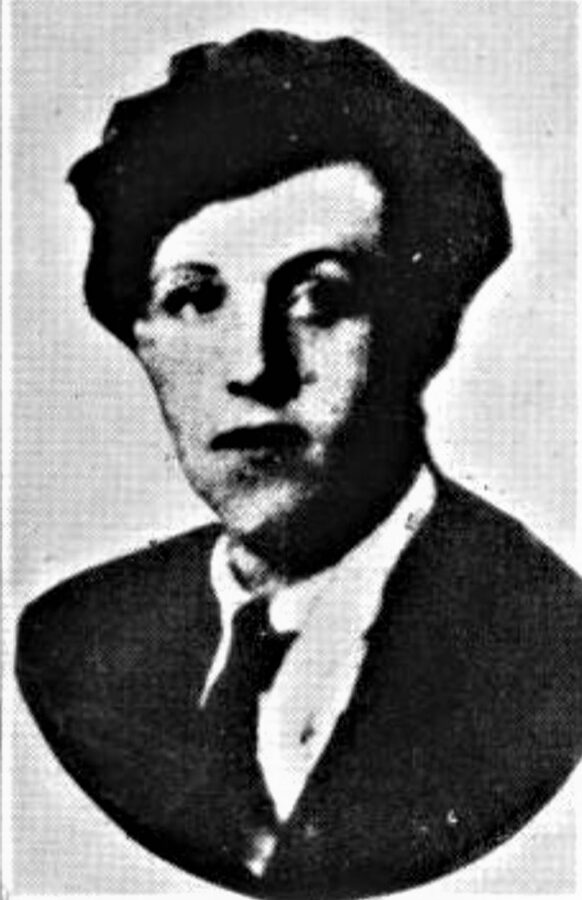
Kieran’s Our City, Our Town Article,
Cork Independent, 13 April 2023
Recasting Cork: The Subduing of Liam Lynch
On 10 April 1923 Irish Free State Troops, in search of hideouts of anti Treaty IRA members, advanced over the countryside at the foot of Knockmealdown Mountains in South Tipperary. At one point they were fired upon. The troops returned the fire and Chief of Staff of the Anti-Treaty side Liam Lynch was captured, was severely wounded and died. Several others, including Eamon De Valera and other notabilities, escaped.
It was evident that a conference of Anti-Treaty supporters was being held in the district. When Liam was wounded, his companions tried to carry him away, but owing to the hot pursuit of the troops they parted and he was captured. Liam was found lying down wounded with two bullet wounds in his stomach. There was an adequate amount of external and a considerable amount of internal haemorrhage and Liam was suffering severely from shock. Those present sent at once for a priest and doctor. Liam was subsequently removed in an ambulance to Clonmel workhouse. His condition, on arrival, about 6pm was low, and he succumbed to his injuries about 9pm.
Born near Mitchelstown in 1892, Liam Lynch at a young teenage age joined the Gaelic League and the Ancient Order of Hibernians. In 1916 after witnessing the arrest of David and Thomas Kent of Bawnard House, Fermoy, being arrested, he swore loyalty to the Republican cause. In 1917 he became a First Lieutenant of the Irish Volunteer Company. In 1919, he became an active Commandant of the Cork No.2 Brigade. He was amongst those arrested during a raid on Cork City Hall in August 1920. Whereas his comrade Terence MacSwiney went on hunger strike, was imprisoned, and died from hunger strike, Liam gave a false name and was released a short time after his arrest.
In 1920 Liam oversaw a number of successful ambushes through his Flying Column including the capturing of the British Army Barracks at Mallow. In 1921, Liam became Commander of the 1st Southern Division and his command was under growing pressure due to lessening arms and ammunition and the tactical countering of guerilla warfare by the British. By the time of the Truce, Liam welcomed it.
With the signing of the Anglo-Irish Treaty in December 1921, Liam was opposed to the Treaty. He felt the Treaty disestablished the Irish Republic proclaimed in 1916 in favour of Dominion status for Ireland within the British Empire. Liam did not wish for the IRA to be so divided and sought compromise with those who supported the Treaty. He sat with Michael Collins a number of times seeking a resolution, but to no success.
On 9 April 1922, Liam was appointed Chief of staff by the Republican Military Council. He did not partake in the capturing of the Four Courts in Dublin in April 1922 but was involved in the creation of the Munster Republic idea in July 1922. He led the capture of Limerick in July 1922 and led its defence up to the point of retaking by Free State troops. On 30 November 1922, Liam Lynch gave orders to kill Free State TDs and Senators in reprisal for the killing of captured republicans.
Liam Lynch’s funeral took place on 15 April 1923 at Kilcrumper graveyard near Fermoy amidst a depth of enormous crowds of people. From many parts of Cork, Tipperary, Limerick, Dublin, Kerry, and other counties, people travelled to the historic town of Mitchelstown to pay their last respects. The funeral cortege, amidst unfavourable weather, was one of large dimensions. It extended for some miles along the country. The coffin, surrounded by the tricolour, and on which had been laid the deceased’s Volunteer cap and belt. The coffin was borne on the shoulders of his comrades from Mitchestown around the principal streets of the town before being placed in a hearse and conveyed to the cemetery.
Preceding the coffin were two hearses, each drawn by four horses and following the hearses were about 100 members of Cumann na mBan bearing wreaths. Upwards of 200 Volunteers occupied the next portion of the procession, while members of public bodies including Cork Corporation, Cork Rural Council, Cobh Urban Council, Gaelic League and Mallow Urban Council followed.
Professor William Stockley TD delivered the oration. He was Professor of English at University College, Cork and a Sinn Féin councillor in Cork Corporation. In the course of his remarks said it was a very sad day for the country and the people of the country. William also reflected on sacrifice and the country’s future;
“Ireland should be allowed to live her own life, and it was in that hope Mr Lynch had lived and died. The duty of the people at the present day was to do their work. Let them do what was right, and then they would be carrying out the will of God. It was in that spirit, that Liam Lynch lived, and acted and died. It would be a heartbreaking thing if they could not see eye to eye on a great matter of self-sacrifice and offer their lives for the right thing, and the good thing and the true thing. They believed in that, and why should they not believe it now. They would believe it as they believed it in the past and they would believe it to the end. Ireland should be more united in doing its own work, but their hopes now centred on young men to keep Ireland a nation”.
Kieran’s April Tours (free, no booking required):
Saturday 15 April 2023, The Friar’s Walk; Discover Red Abbey, Elizabeth Fort, Barrack Street, Callanan’s Tower & Greenmount area; Meet at Red Abbey tower, off Douglas Street, 2pm.
Caption:
1197a. General Liam Lynch, c.1922 (picture: Cork City Library).


